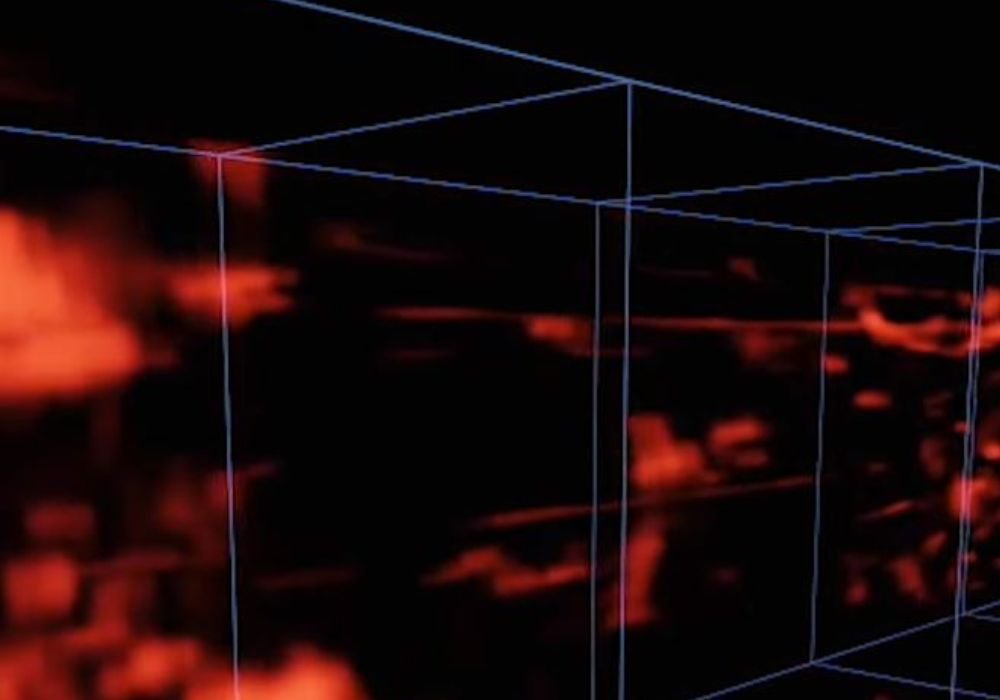As a study published in the scientific journal Nature Astronomy explains, for the first time astronomers have Video animation of a vast cosmic web network connecting the entire universe. Until now, previous detections had only managed to detect filaments around quasars, that is, quasi-star-like objects that are extremely bright and located very far from Earth.
Researchers suggest that it is extremely important to learn more about the cosmic web, as it is extremely important to the universe. For example, the data shows: Around 60% of the hydrogen created during the Big Bang is ‘hidden’ in the vast network that plans everything around us.
To learn more about the most secretive cosmic webs in space, scientists have developed an instrument called the Keck Cosmic Web Viewer (KCWI) at the WM Keck Observatory in Hawaii. The device is capable of looking for the spectral fingerprint of the radiation that absorbs and re-emits hydrogen. A phenomenon known as Lyman alpha emission.
“Before this latest discovery, we were seeing filamentary structures equivalent to lampposts. Now we can see them without a lamp. The cosmic web outlines the architecture of our universe. It is where most of the normal or baryonic matter in our galaxy is located and directly follows the location of dark matter.” said astrophysicist Christopher Martin of the California Institute of Technology (Caltech), one of the study’s authors, in the United States.
Universe cosmic web network
Observing the universe can be a difficult task, even more so if we look for a specific light as there are different types of light emitted in all directions. For example, the brightness of the Solar system. Using KCWI allows you to remove some of these lights to provide a better view of Lyman alpha emission.
By seeking the direct light of the vast cosmic web, The team was able to compile a kind of 3D map of Lyman alpha emission; can be seen in the video. They calculate that it takes 10 to 12 billion years for light to reach the instrument. That is, at the very beginning of the universe, shortly after the Big Bang, 13.8 billion years ago.
New observations of the filaments could also help astronomers create a map of the distribution of dark matter. A recent study revealed that 85% of the entire universe consists of dark matter and energy.
“We observed two different areas in the sky, A and B. The filament structures will be at different distances in these areas in both directions, so you can take the backlight from image B and subtract it from image A, or vice versa. Just leave the structures. I had to convince myself that this method would work.” I ran detailed simulations of this in 2019,” explains Martin.
Stay up to date with the latest astronomy discoveries at TecMundo. If you wish, take the opportunity to learn 5 fascinating facts about the Big Bang theory.
Source: Tec Mundo
I’m Blaine Morgan, an experienced journalist and writer with over 8 years of experience in the tech industry. My expertise lies in writing about technology news and trends, covering everything from cutting-edge gadgets to emerging software developments. I’ve written for several leading publications including Gadget Onus where I am an author.













